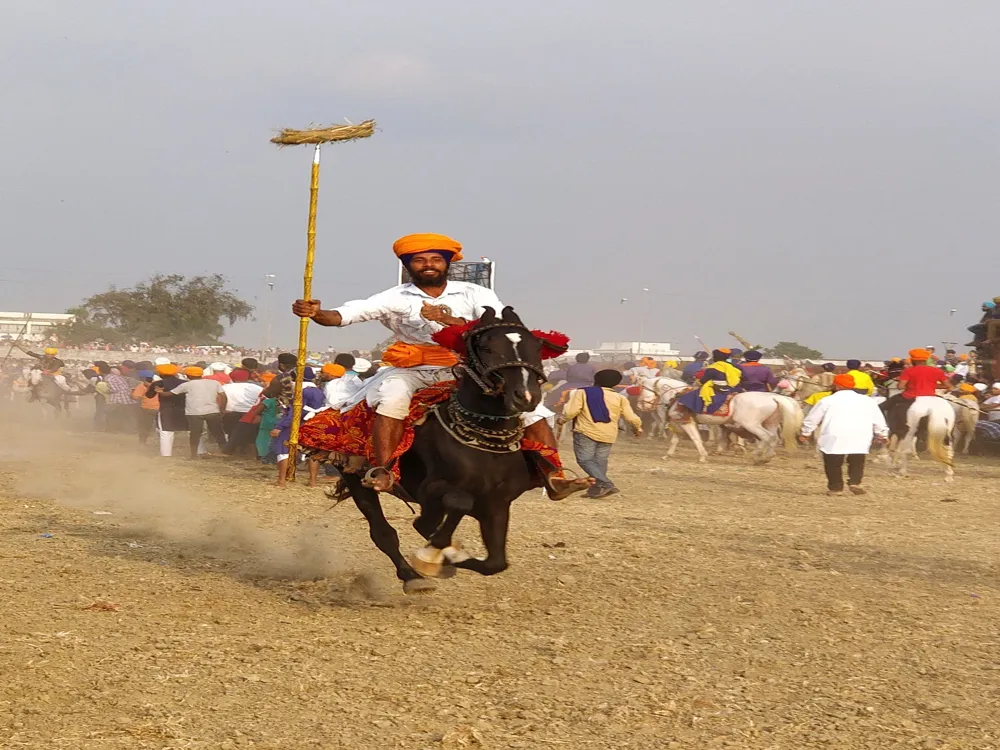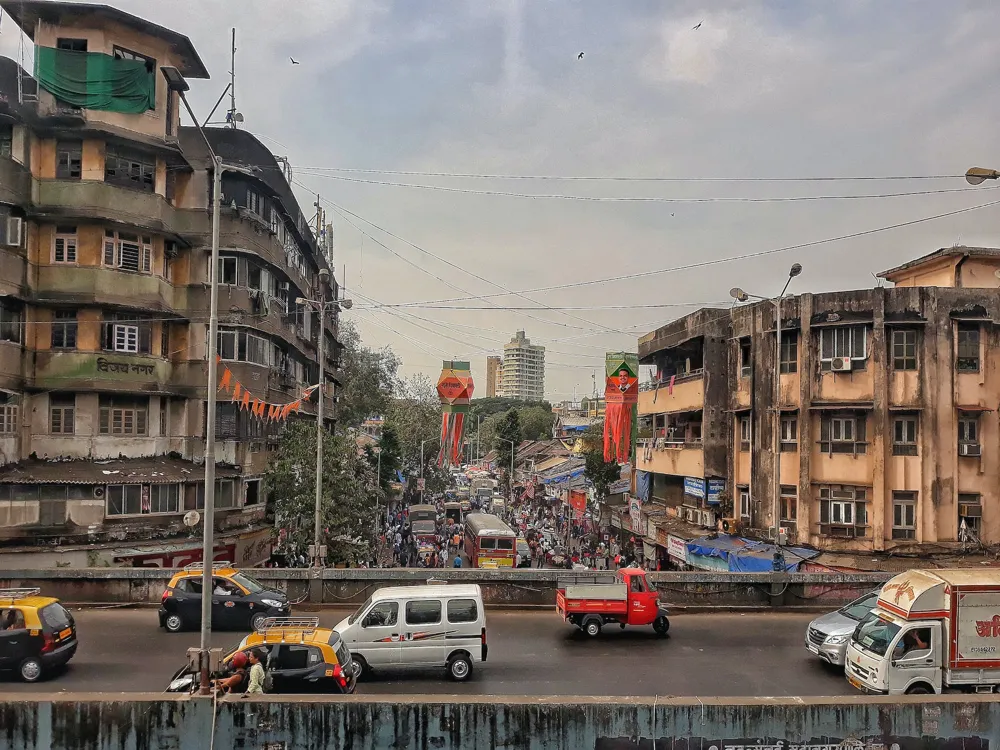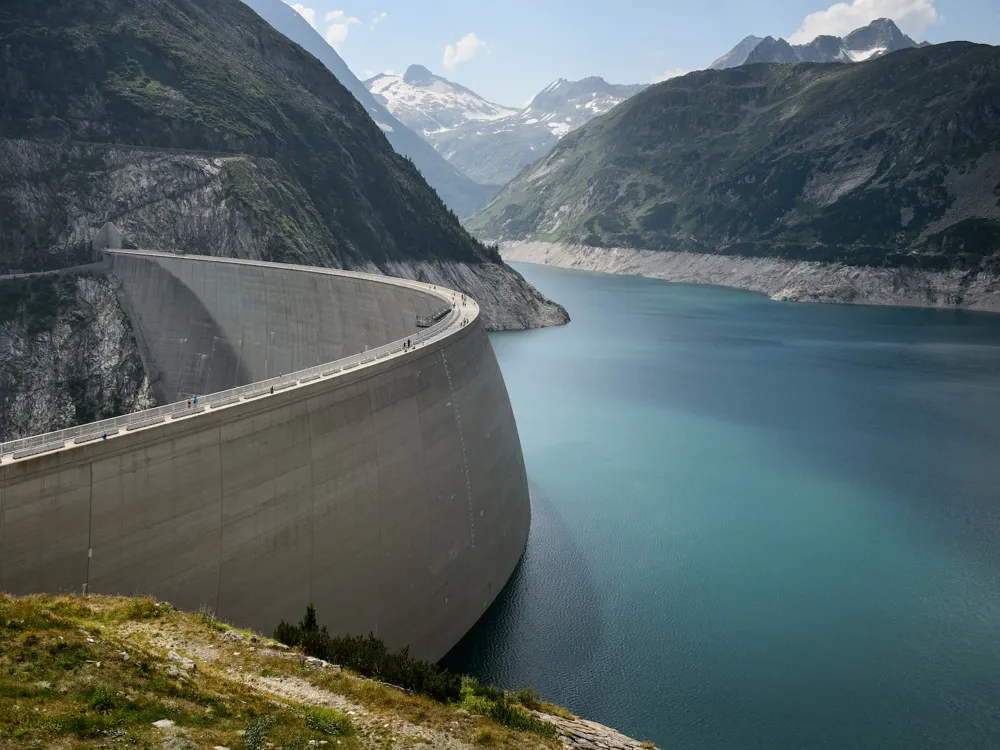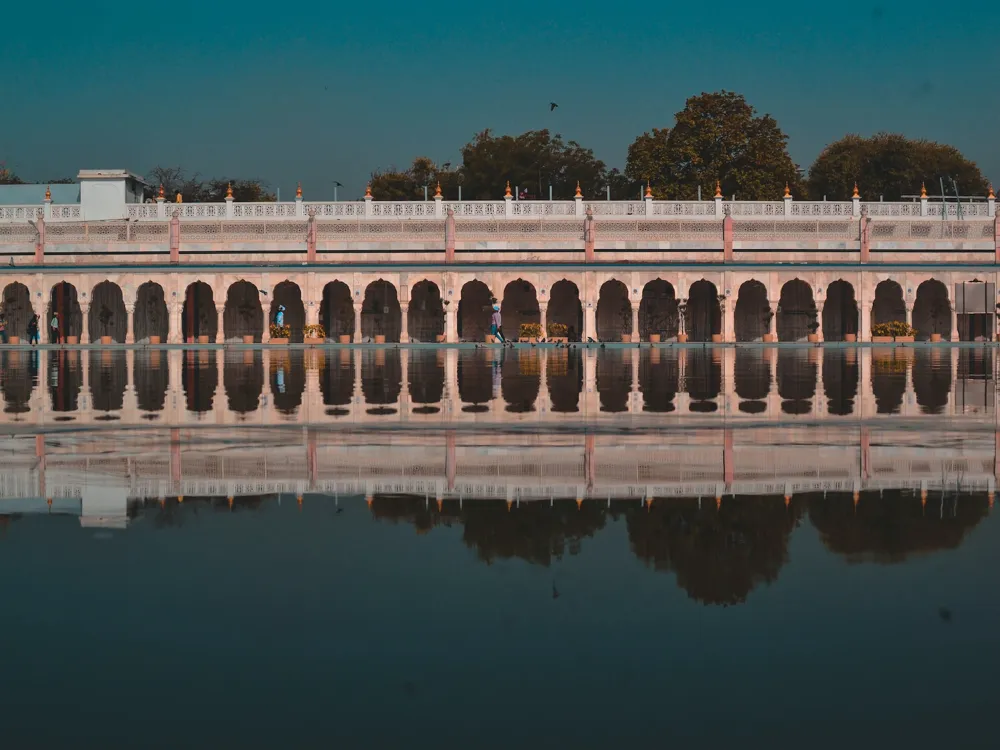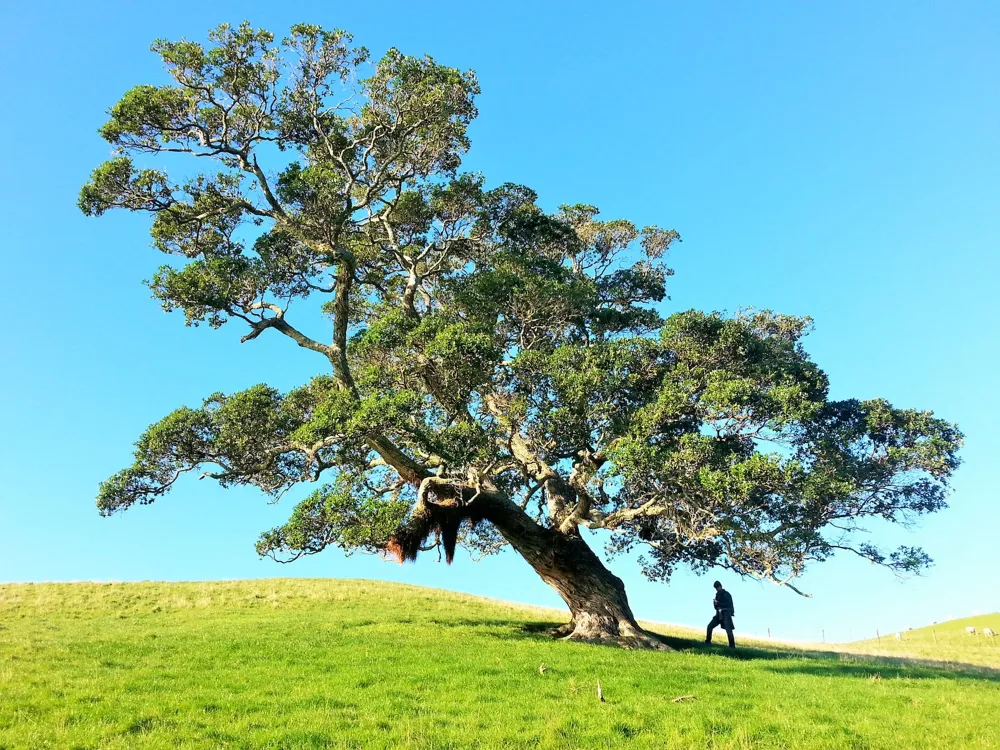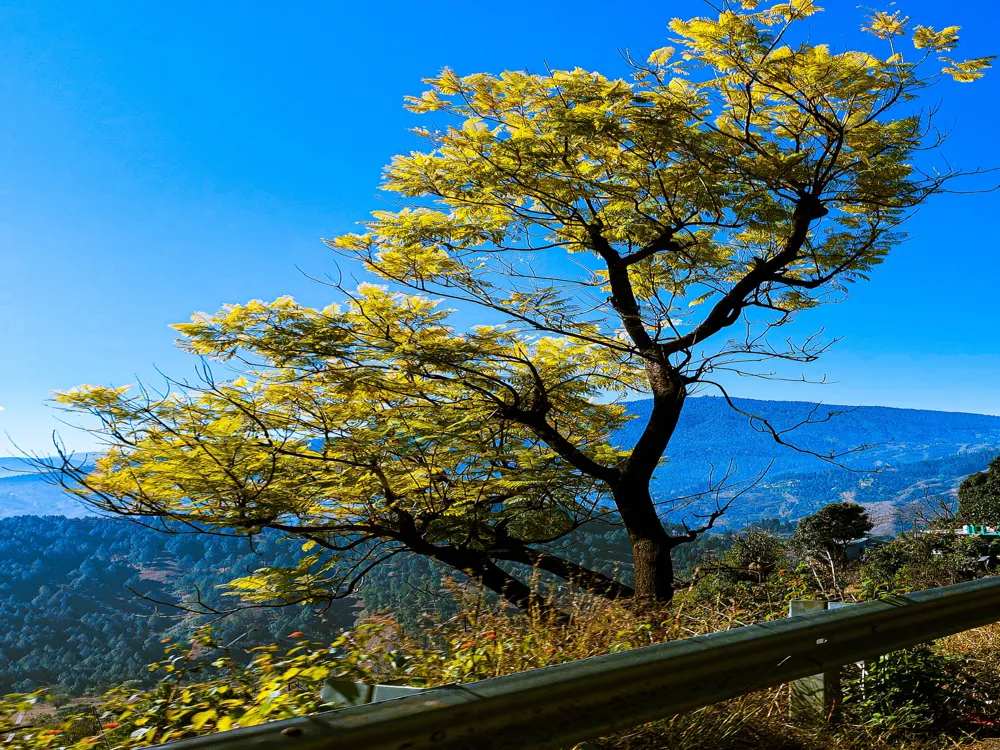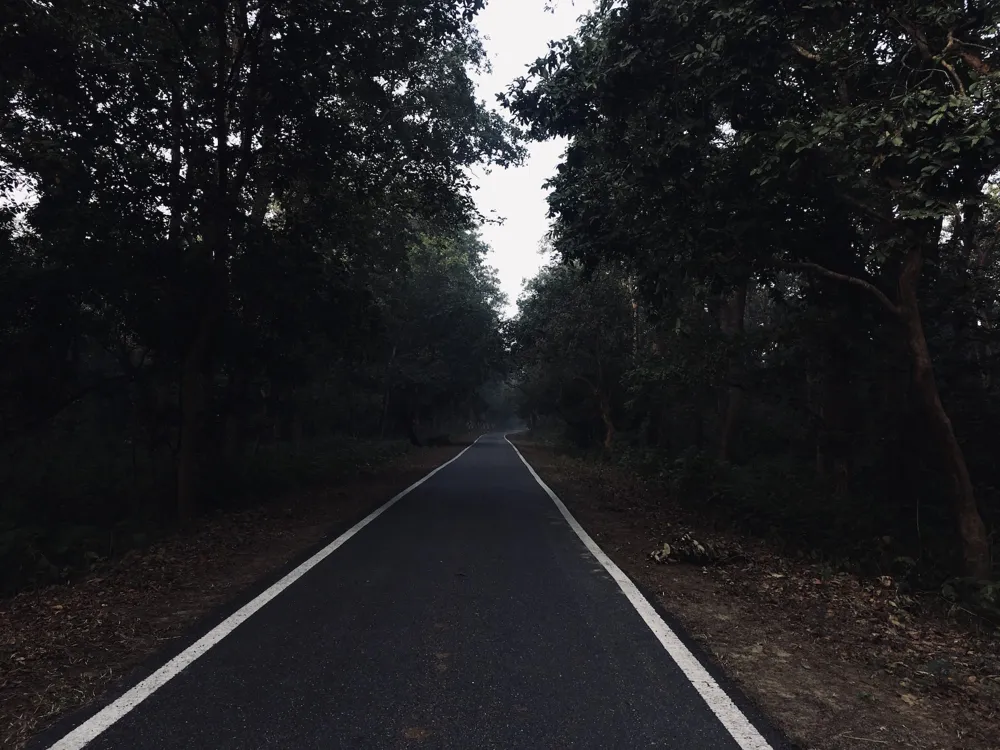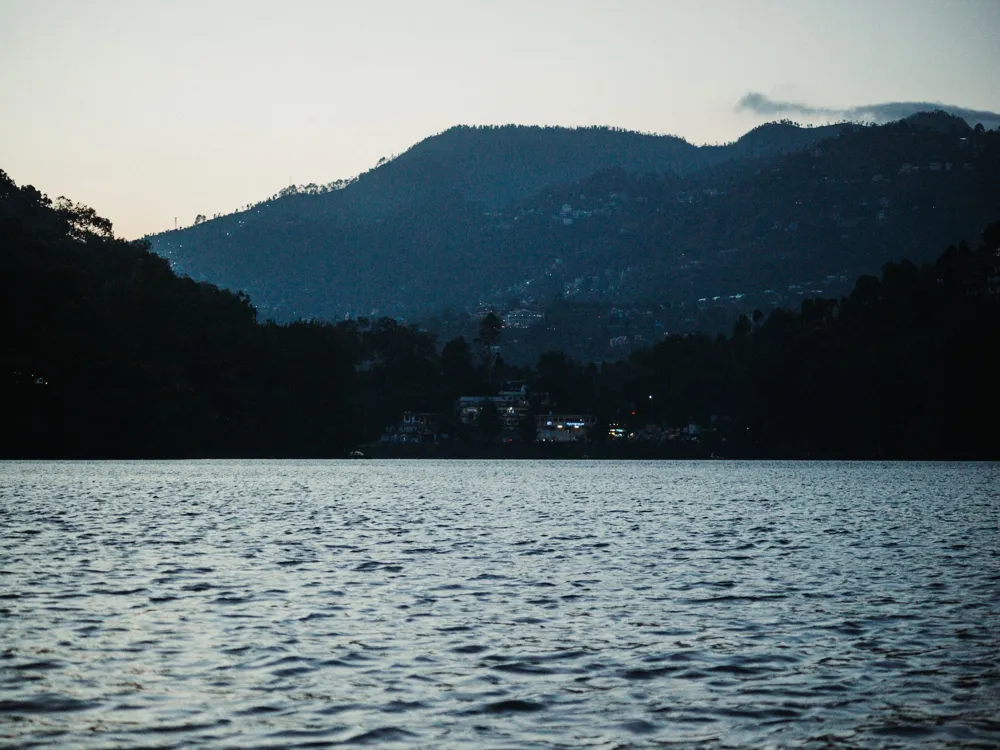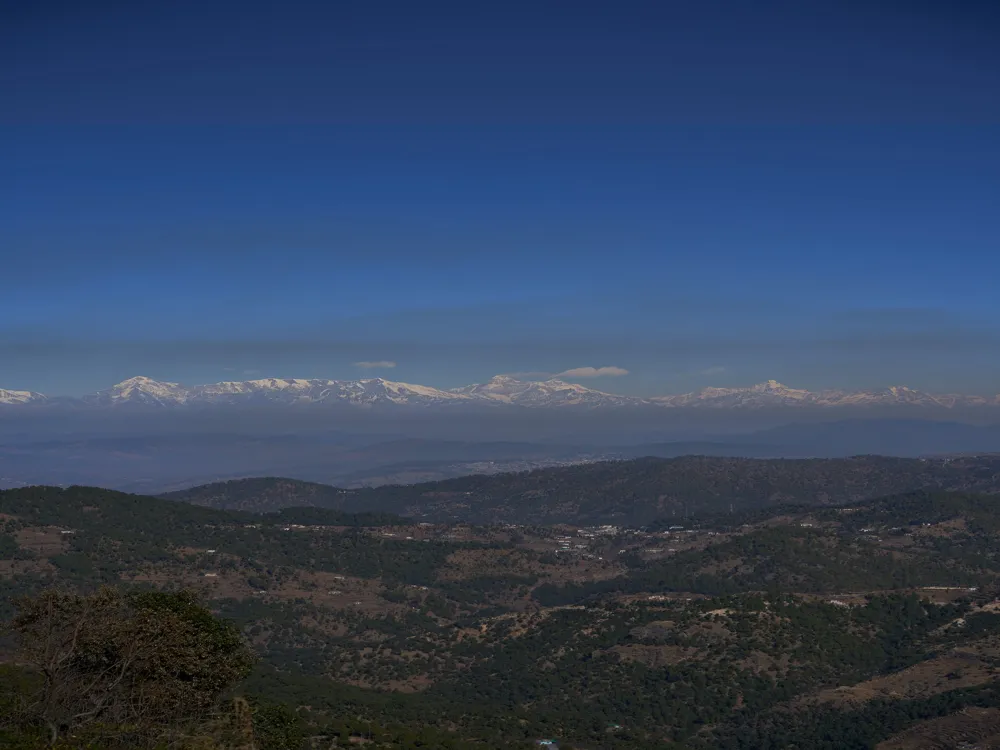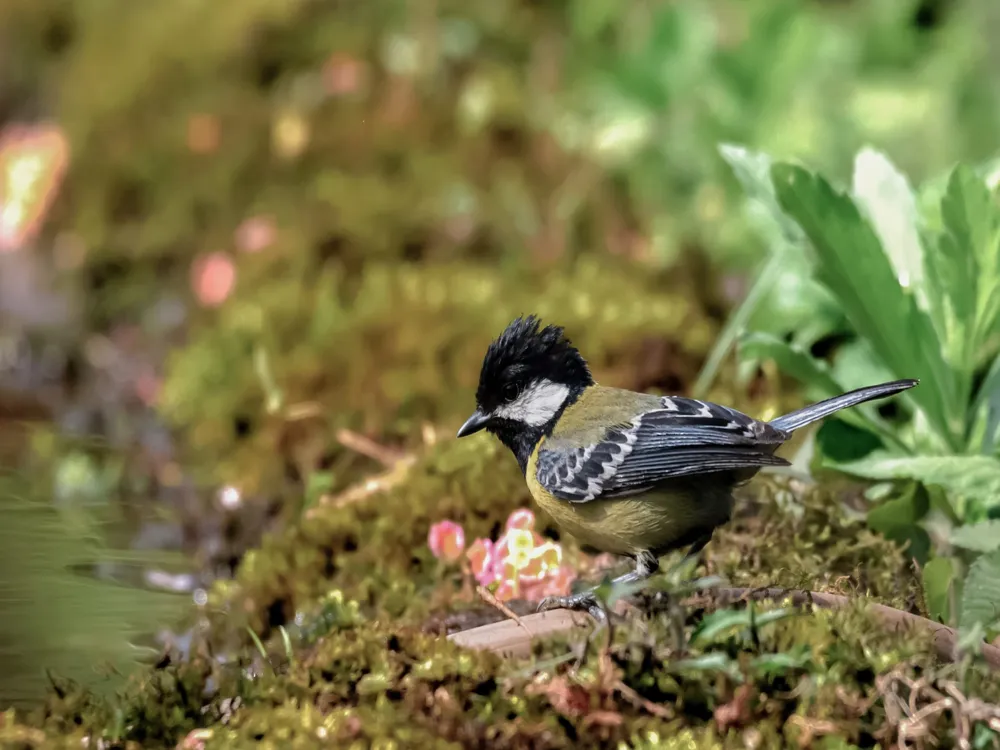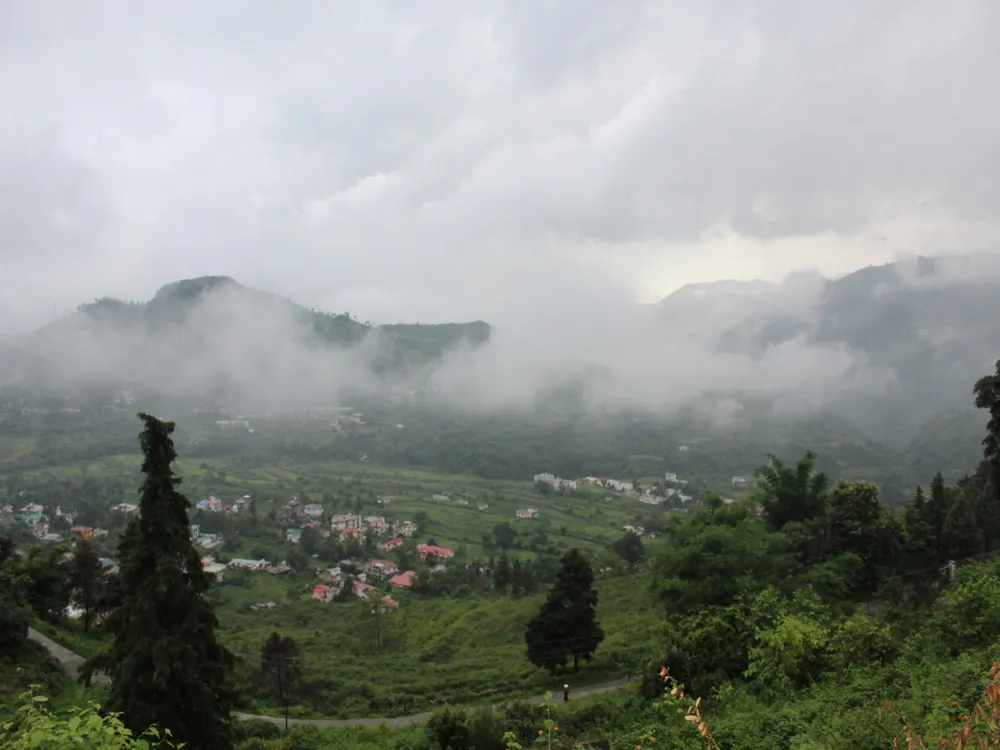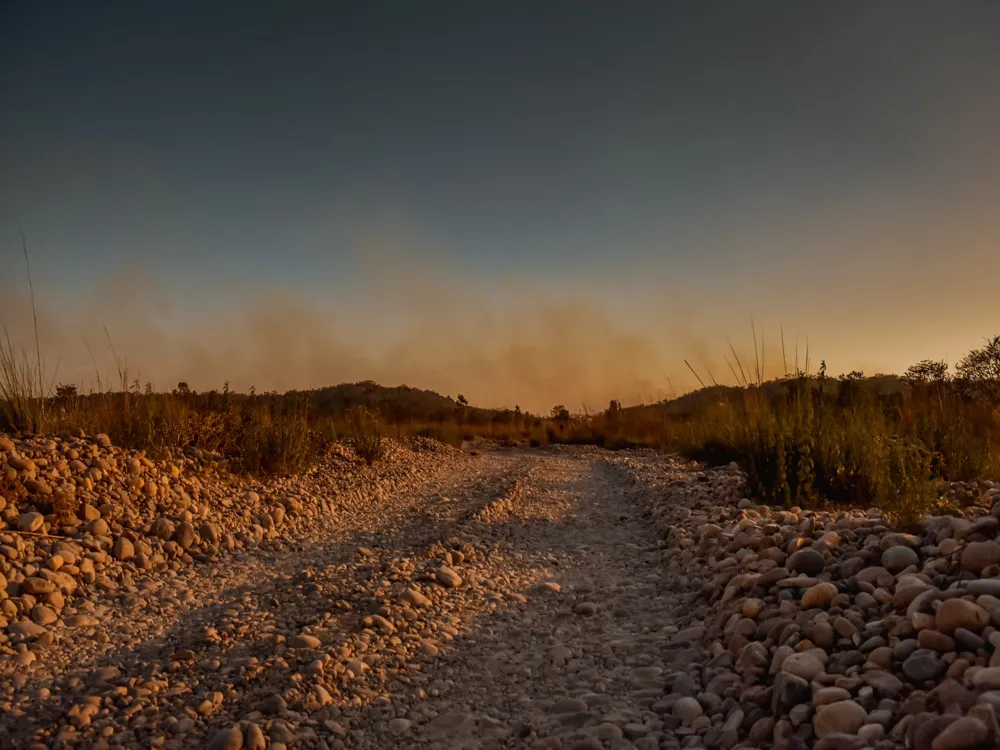The Nanak Matta Dam, a marvel of engineering and a symbol of human ingenuity is located in the serene town of Nanakmatta in Uttarakhand, India. This dam is not just an important infrastructure for irrigation and water supply but also a significant tourist attraction due to its picturesque setting and historical importance. The region of Nanakmatta, rich in cultural and spiritual heritage, is predominantly known for the famous Sikh pilgrimage site, the Nanakmatta Sahib Gurudwara, which adds to the area's sanctity and allure. Constructed on the Saryu River, the Nanak Matta Dam plays a vital role in the agricultural landscape of the region. It aids in irrigation, helping in the cultivation of various crops, thereby boosting the local economy. The dam's reservoir, with its expansive water body, creates a microhabitat supporting a variety of flora and fauna, contributing to the region's biodiversity. Tourists and nature enthusiasts find this place a haven for relaxation and exploration, with opportunities for boating and bird-watching. The history of the dam intertwines with the local lore and legends of Nanakmatta, making it a site where stories from the past resonate with the present. The construction of the dam brought about significant changes in the lifestyle of the locals, providing them with better facilities and opportunities, thus marking a milestone in the region's development. The dam's presence has also led to the emergence of small businesses and eateries around the area, catering to the needs of tourists and pilgrims alike. The serene environment, coupled with the spiritual ambiance of the nearby Gurudwara, offers a unique experience to visitors. The panoramic views of the lush green landscapes, the rhythmic sound of water, and the spiritual aura make the Nanak Matta Dam a memorable destination. The dam, therefore, stands as a testament to human endeavor, natural beauty, and spiritual grace, harmoniously coexisting in the lap of the Himalayas. The architectural brilliance of the Nanak Matta Dam is a testament to the advanced engineering skills and thoughtful design strategies employed in its construction. This dam, structured primarily with earthen materials and concrete, showcases a blend of robust engineering and environmental considerations. The design ensures stability, durability, and efficiency in water management, reflecting the ingenuity of its creators. At the heart of the dam's architecture is its spillway, ingeniously designed to handle the monsoon-driven water flow, thus preventing flooding. The spillway gates are meticulously calibrated to control water levels, a crucial feature for both irrigation and flood control. The earthen embankments on either side of the concrete structure are reinforced to withstand the pressures of water storage and flow, ensuring the dam's longevity. The reservoir formed by the dam is another architectural highlight. It has been designed to maximize water storage capacity while minimizing the impact on the surrounding environment. The catchment area is strategically planned to collect maximum runoff water, thereby optimizing the reservoir's utility for irrigation and water supply purposes. The careful consideration of ecological balance is evident in the way the reservoir supports local biodiversity, turning it into an ecological hub. Safety features form a crucial aspect of the dam's architecture. Regular maintenance and monitoring ensure the structural integrity of the dam, safeguarding against potential hazards. The incorporation of advanced technology for monitoring water levels and structural stability reflects a blend of traditional architectural wisdom and modern technological advancements. The aesthetic aspect of the dam's architecture cannot be overlooked. The design harmonizes with the natural surroundings, making it a visually appealing structure. The dam, against the backdrop of the Himalayas, offers a picturesque view, captivating visitors with its serene beauty. The architecture of the Nanak Matta Dam is, therefore, a remarkable blend of functionality, safety, aesthetics, and environmental harmony, making it a noteworthy example of engineering excellence. The ideal time to visit the Nanak Matta Dam is from October to March when the weather is pleasant, and the natural beauty of the area is at its peak. The monsoon season should be avoided due to heavy rains and potential flooding. Visitors should pack light cotton clothes for summer and warm clothing for winter. Don't forget to carry water bottles, sun protection, and comfortable footwear suitable for walking and exploring the area. The region offers a variety of local cuisines, with many eateries and small restaurants serving delicious local dishes. Accommodations range from budget stays to more comfortable lodgings, with options available near the dam and the Gurudwara. Visitors are encouraged to respect the local culture and traditions, especially when visiting the Gurudwara. It's also important to maintain cleanliness and not to litter, preserving the natural beauty of the dam and its surroundings. Nanak Matta Dam is accessible by various modes of transportation. The nearest airport is at Pantnagar, about 56 kilometers away. From the airport, taxis and buses are available to reach Nanakmatta. For those preferring to travel by train, the nearest railway station is Nanakmatta itself, well-connected with major cities. Road connectivity to the dam is excellent, with state and national highways linking it to various parts of Uttarakhand and neighboring states. Local transport like taxis and buses are readily available for the final leg of the journey to the dam. Read More:Overview of Nanak Matta Dam, Nanakmatta, Uttarakhand
Architecture of Nanak Matta Dam
Tips When Visiting Nanak Matta Dam
Best Time to Visit
Packing Essentials
Local Cuisine and Accommodations
Respecting Local Culture and Environment
How To Reach Nanak Matta Dam
Nanak Matta Dam
Nanakmatta
Uttarakhand
NaN onwards
View nanakmatta Packages
Nanakmatta Travel Packages
View All Packages For Nanakmatta
Top Hotel Collections for Nanakmatta

Private Pool

Luxury Hotels

5-Star Hotels

Pet Friendly
Top Hotels Near Nanakmatta
Other Top Ranking Places In Nanakmatta
View All Places To Visit In nanakmatta
View nanakmatta Packages
Nanakmatta Travel Packages
View All Packages For Nanakmatta
Top Hotel Collections for Nanakmatta

Private Pool

Luxury Hotels

5-Star Hotels

Pet Friendly







